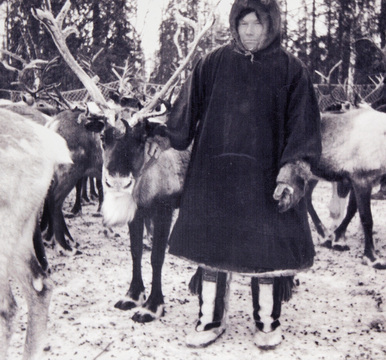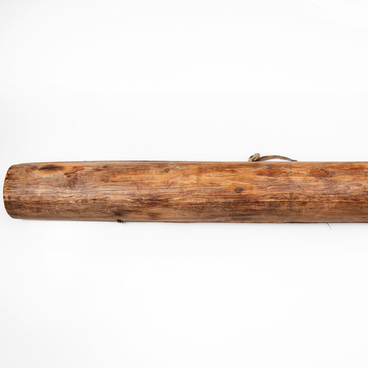The order on the creation of the state farm “Verhnepurovskyi” was signed on January 1, 1945. The post-war period when the state farm was formed was not easy: in the middle of the 20th century, fishing and reindeer herding remained the main branches of agriculture. In the USSR, these industries supplied most of the food and raw materials for sewing. In 1952, a dairy farm was formed on the basis of the state farm, and five years later — a fur farm for breeding Arctic foxes.
The Arctic fox is the basis of northern fur production. A thousand years ago, Arctic fox skins were used in trade instead of money, and until the early 21st century, Russia remained the world leader in the production of Arctic fox fur.
The Arctic fox appears in two distinct color morphs, white and blue. The “Verhnepurovskyi” state farm breeds blue and silver-black Arctic foxes, red foxes and sables. The “Verhnepurovskyi” state farm is the only enterprise in Russia where caged sables are bred in the Arctic conditions.
The first animal husbandry farms appeared in Russia in the 14th century in Siberia. After the revolution in 1917, professional fur farms were established in the Soviet Union to breed fur animals and export furs. The industry developed rapidly, bidding went through an international auction in Leningrad, and by 1970 several dozen large fur farms were operating in the USSR. Each of them had about 100,000 animals. The maintenance process was mechanized, but fur breeders were always needed at the farm.
The breeder’s responsibilities include constant monitoring of animals. Breeders must monitor all the conditions of keeping the animal in order to maintain its health and the quality of the fur. Breeders daily inspect the animals that are assigned to them. The employees go along the shed — an area under the roof, where the cages are arranged in two to four lines. The animal breeder checks the condition of the animals, cleans the cages and records all data.
The “Verhnepurovskyi” state farm is situated in the city of Tarko-Sale. It is one of the largest farms in the Yamalo-Nenets Autonomous Okrug, and has received international awards for the quality of fur. In addition to fur farming, it also specializes in reindeer herding, fishing and cattle breeding.
The Arctic fox is the basis of northern fur production. A thousand years ago, Arctic fox skins were used in trade instead of money, and until the early 21st century, Russia remained the world leader in the production of Arctic fox fur.
The Arctic fox appears in two distinct color morphs, white and blue. The “Verhnepurovskyi” state farm breeds blue and silver-black Arctic foxes, red foxes and sables. The “Verhnepurovskyi” state farm is the only enterprise in Russia where caged sables are bred in the Arctic conditions.
The first animal husbandry farms appeared in Russia in the 14th century in Siberia. After the revolution in 1917, professional fur farms were established in the Soviet Union to breed fur animals and export furs. The industry developed rapidly, bidding went through an international auction in Leningrad, and by 1970 several dozen large fur farms were operating in the USSR. Each of them had about 100,000 animals. The maintenance process was mechanized, but fur breeders were always needed at the farm.
The breeder’s responsibilities include constant monitoring of animals. Breeders must monitor all the conditions of keeping the animal in order to maintain its health and the quality of the fur. Breeders daily inspect the animals that are assigned to them. The employees go along the shed — an area under the roof, where the cages are arranged in two to four lines. The animal breeder checks the condition of the animals, cleans the cages and records all data.
The “Verhnepurovskyi” state farm is situated in the city of Tarko-Sale. It is one of the largest farms in the Yamalo-Nenets Autonomous Okrug, and has received international awards for the quality of fur. In addition to fur farming, it also specializes in reindeer herding, fishing and cattle breeding.



